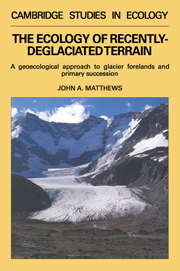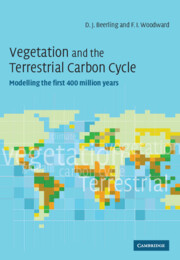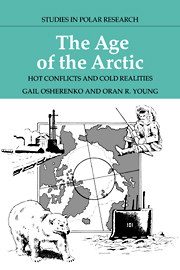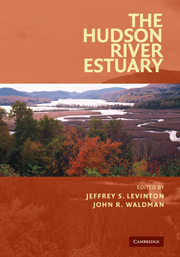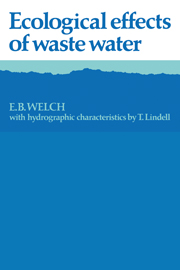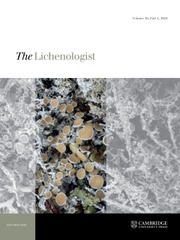The Ecology of Recently-deglaciated Terrain
This book provides the first comprehensive review of the available information on the ecology of recently-deglaciated terrain and critically evaluates the methodology currently employed in such studies. The theme developed is that the ecology of these regions can only be fully understood by giving due consideration to the role and interaction of both physical and biological processes in the development of the landscape. By adopting this geoecological approach, the spatial variation and dynamics of vegetation and soils is considered in relation to other aspects of the landscape such as topographic variation, climate, and geomorphic processes. A geoecological model is thus outlined that provides both a framework for interpreting the varied ecological nature of glacier forelands found throughout the world, and also an agenda for future research.
- The first comprehensive review of this subject
- A geoecological model is produced
Reviews & endorsements
"...a tour de force, exquisitely produced, profusely illustrated, and beautifully bound, with an extensive bibliography--the result is a remarkable scholarly achievement." Choice
"...a definitive survey of scientific work on the geoecology of glacier forelands....I strongly recommend this book...A thorough understanding and conceptual integration of the independent and dependent variables which operate in developing natural systems requires very great skill. In my opinion Matthews has produced one of the best exposes ever done in this subject area." Colin J. Burrows, Arctic and Alpine Research
Product details
March 2008Paperback
9780521056694
408 pages
229 × 153 × 26 mm
0.66kg
129 b/w illus.
Available
Table of Contents
- 1. Introduction
- 2. The nature of the timescale
- 3. The physical landscape
- 4. Soil development
- 5. Plant succession: patterns and environmental factors
- 6. Plant succession: processes and models
- 7. The ecological significance of recently-deglaciated terrain.

